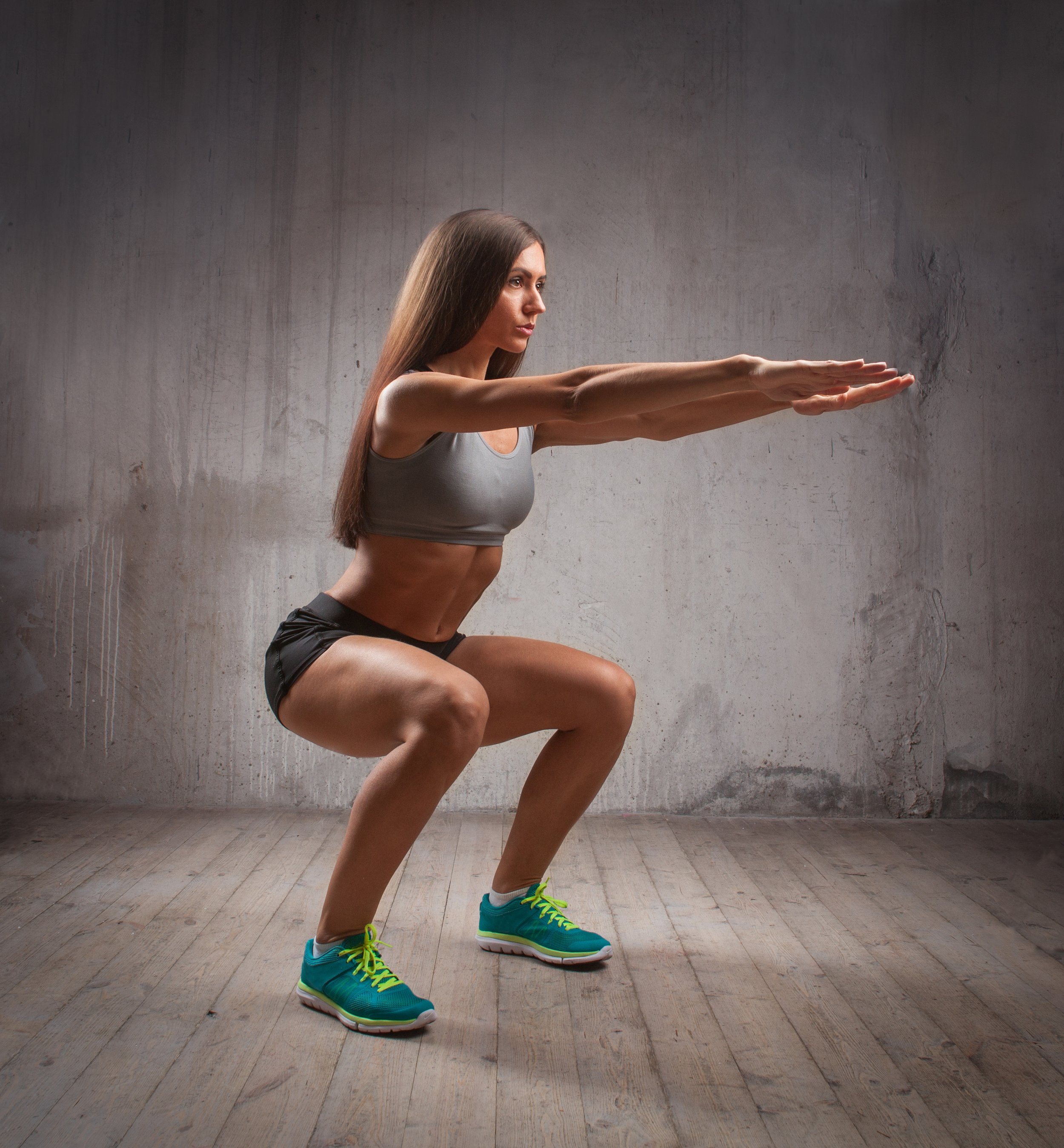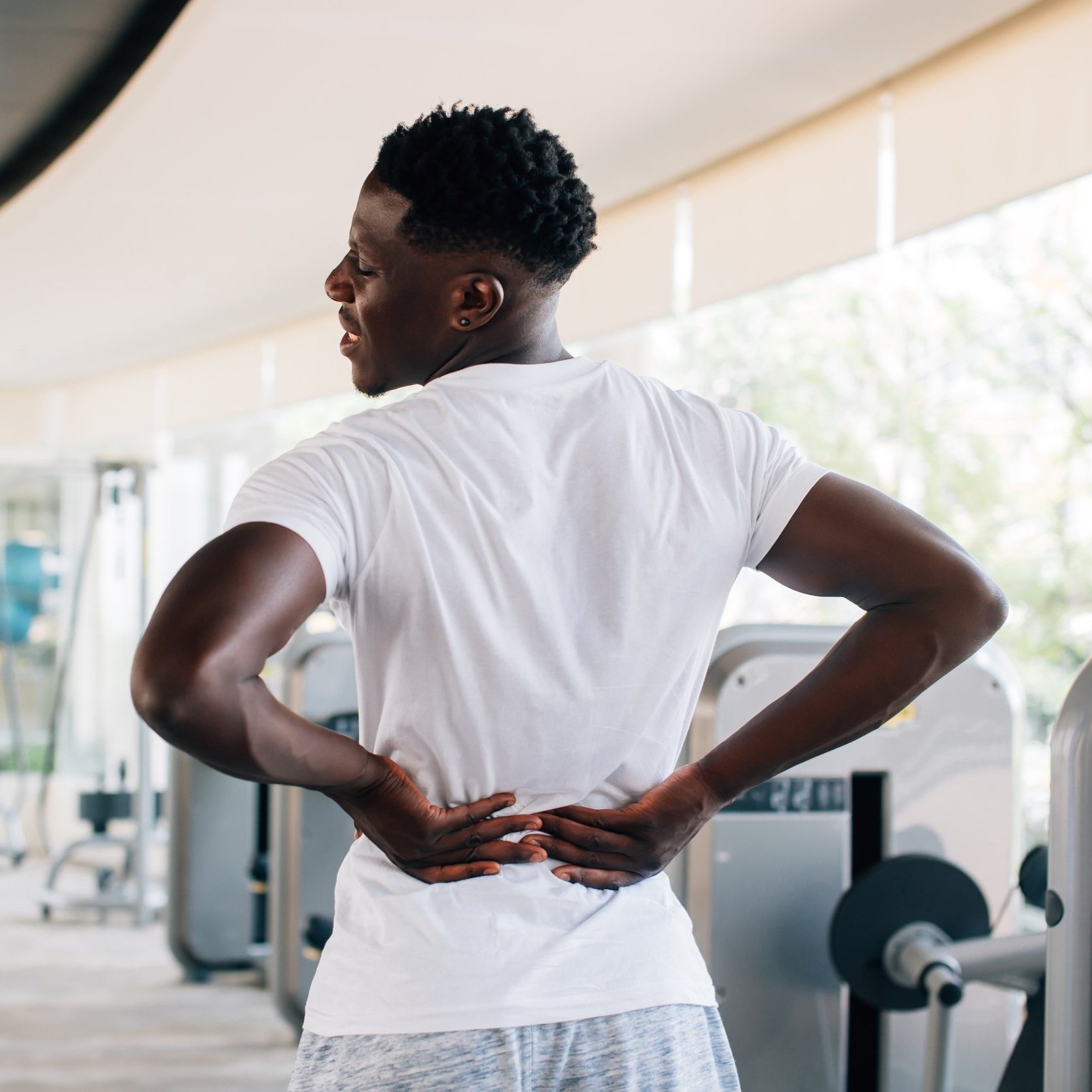Is there a perfect squat form for everyone?
If you’ve been around a gym or done much exercise in your life, it is likely you have tried to adjust your squat form at one point or another. Maybe you have seen videos of fitness influencers on social media and tried to copy what their squat looks like.
In our heads, the ideal squatter often has their toes facing forward, feet shoulder width apart, knees stay behind their toes, chest up, back straight, and no “buttwink” (curving of the low back as it drops at the end of a squat).
Unfortunately, this isn’t the perfect form for everyone, and there isn’t a one size fits all perfect squat form. This is due to the differences in our anatomical build. We all have different anatomy in our spine, hips, knees, pelvis, and ankles, and everyone has different levels of function and mobility at each of these joints.
One of the easiest examples of differing anatomy is the angle at which our legs naturally sit. When in a natural position (I.e., laying flat on your back with your legs down and relaxed), some people’s feet will naturally face straight up and forward while some will naturally sit with their toes pointing outside away from their bodies. By forcing everyone to put their toes forward, we may be putting them in a position which is less natural for their specific body anatomy. Individuals whose feet naturally fall towards the outside when in this position may feel more comfortable with their toes pointed away from their bodies when squatting, rather than having their toes facing forwards.
Another good example of this is ankle mobility. Individuals with tight ankles may have a difficult time going into a deep squat as the don’t have a large enough range of motion through the ankle joint to allow their knees to move forward. There are a couple of ways to adjust this. Firstly, these individuals should be working to improve their ankle mobility. However, some people may not be able to improve their ankle mobility a whole lot, and that is okay! People with tight ankles may benefit from raising their heels when they squat. This may mean using a small wedge or small plate under the heels- this will allow them to squat much deeper as their ankles are less limited.
The last example we will talk about is the length of your femur (aka your thigh bone). Online, we often see individuals being praised for how deep they can go in a squat- but this is not something everyone will be able to do safely or comfortably. Individuals with longer femurs will naturally have to lean forward more in their squat to stay balanced and offset the weight or their body. Individuals with longer femurs also may not be able to squat down quite as deep, as they will be unable to stay upright due to the weight of their body or barbell pulling them backwards.
The important thing to remember here is there are anatomical features that CAN NOT BE CHANGED and that is not a bad thing!
This means no squat form is better than another. The best squat form is the one that is safe and feels right for your body.
We don’t expect you to know the length of your femur, hip angle or ankle mobility. If things aren’t feeling right in your squat, play around until they feel better. Here are some things you can try:
Depth - short calf muscles and femur length will affect how deep you can go in your squat, so adjust to find the right depth for you
Foot angle - pointed straight ahead or pointed outside? This will often be based on your hip anatomy and the amount of torsion on your shin bone
Foot width - femur length and the width of your pelvis play in here as well, so feel this one out. A wider stance is more stable and requires less distance to travel.
Type of squat - different types of squats (front squat, barbell back squat, goblet squat, box squat, sumo squat, etc.) demand different body positions, depending what muscle group you want to target
Ankle position - tight calves or limited ankle mobility may require doing things a bit differently, such as a heel elevated squat
While there is no perfect squat form that works for everyone, there is absolutely a perfect squat form for your body! If you are unsure of where to start or how to perfect your squat form, our registered kinesiologists would be happy to work with you to create an exercise program which matches your exercise goals and injury specific recovery needs.
Give us a call at (778) 630-8800, email us or book online to seek treatment from a physiotherapist or to work with a registered kinesiologist.












